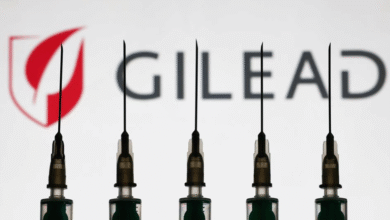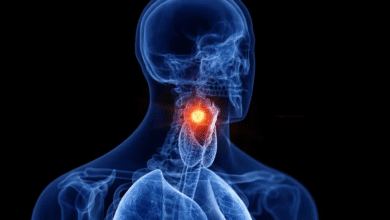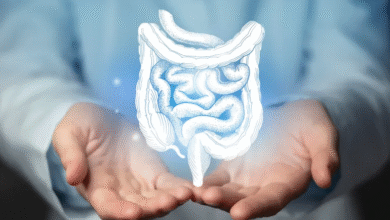Polycystic Ovary Syndrome (PCOS): Causes, Symptoms, Diagnosis, and Treatment

Polycystic Ovary Syndrome (PCOS) is one of the most common health conditions affecting women of reproductive age. It is characterized by a group of symptoms caused by an imbalance of female and male hormones. To shed light on this condition, the Al Jazeera Clinic spoke with Dr. Buthaina Ali Al Mulla, a specialist in obstetrics and gynecology with expertise in female urology and pelvic floor medicine at Hamad Medical Corporation in Qatar.
What is PCOS?
PCOS is a collection of symptoms rather than a single condition. It occurs due to a hormonal imbalance between estrogen, progesterone, and male hormones (androgens) in women, typically during reproductive years. This imbalance can affect fertility, physical appearance, and overall health.
Causes of PCOS
There is no single cause, but several factors can increase the risk:
- Genetics: A family history of PCOS increases susceptibility.
- Weight and obesity: Excess weight can disrupt hormone balance and increase insulin resistance.
- Other health conditions: Type 2 diabetes and metabolic issues can contribute to PCOS.
Symptoms of PCOS
Common symptoms include:
- Irregular or delayed menstrual cycles
- Difficulty conceiving in married women
- Excessive hair growth on the face and body, which is resistant to traditional hair removal methods
- Hormonal imbalance can also lead to high cholesterol, elevated blood pressure, and increased risk of endometrial cancer
Diagnosis
Diagnosis begins with a detailed medical and family history. Irregular periods alone do not necessarily indicate PCOS, so other conditions must be ruled out. Physicians use the Rotterdam criteria for diagnosis and confirm the presence of small ovarian cysts via imaging.
Psychological Impact
PCOS can significantly affect a woman’s mental health. Symptoms like excessive hair growth and difficulty conceiving can cause stress, anxiety, and social pressure. Irregular periods may also affect mood and emotional well-being.
Age of Onset
PCOS typically appears during reproductive years and is generally not diagnosed after menopause.
Lifestyle and Diet
While no direct link exists between diet and PCOS, unhealthy lifestyle habits and obesity increase the risk by contributing to insulin resistance. However, PCOS can also occur in women with normal weight.
Exercise and Its Role
Maintaining a healthy lifestyle and regular exercise helps boost metabolism, reduce weight, and improve menstrual regularity. Losing 5–10% of body weight can significantly improve symptoms.
Hormonal Balance: Estrogen and Progesterone
- Estrogen and progesterone balance is crucial for regulating the menstrual cycle and building the uterine lining.
- Excess estrogen without sufficient progesterone can lead to thickened endometrium and an increased risk of endometrial cancer, particularly in women with PCOS.
- Proper hormonal balance ensures the uterine lining sheds during menstruation and supports potential implantation during pregnancy.
Treatment of PCOS
Treatment depends on an accurate diagnosis and individualized goals:
- Healthy lifestyle: Balanced diet and regular exercise to manage weight.
- Oral contraceptives: Regulate periods and balance hormones; suitable for both married and unmarried women for a limited duration.
- Ovarian stimulation medications: Improve ovulation and increase fertility chances.
- Surgical options: Considered when other treatments are ineffective.
Long-Term Outlook
- PCOS can be temporary or age-related, and symptoms may subside with hormonal balance.
- Maintaining a healthy lifestyle can lead to regular cycles, reduced unwanted hair growth, and potential discontinuation of medications under medical supervision.








